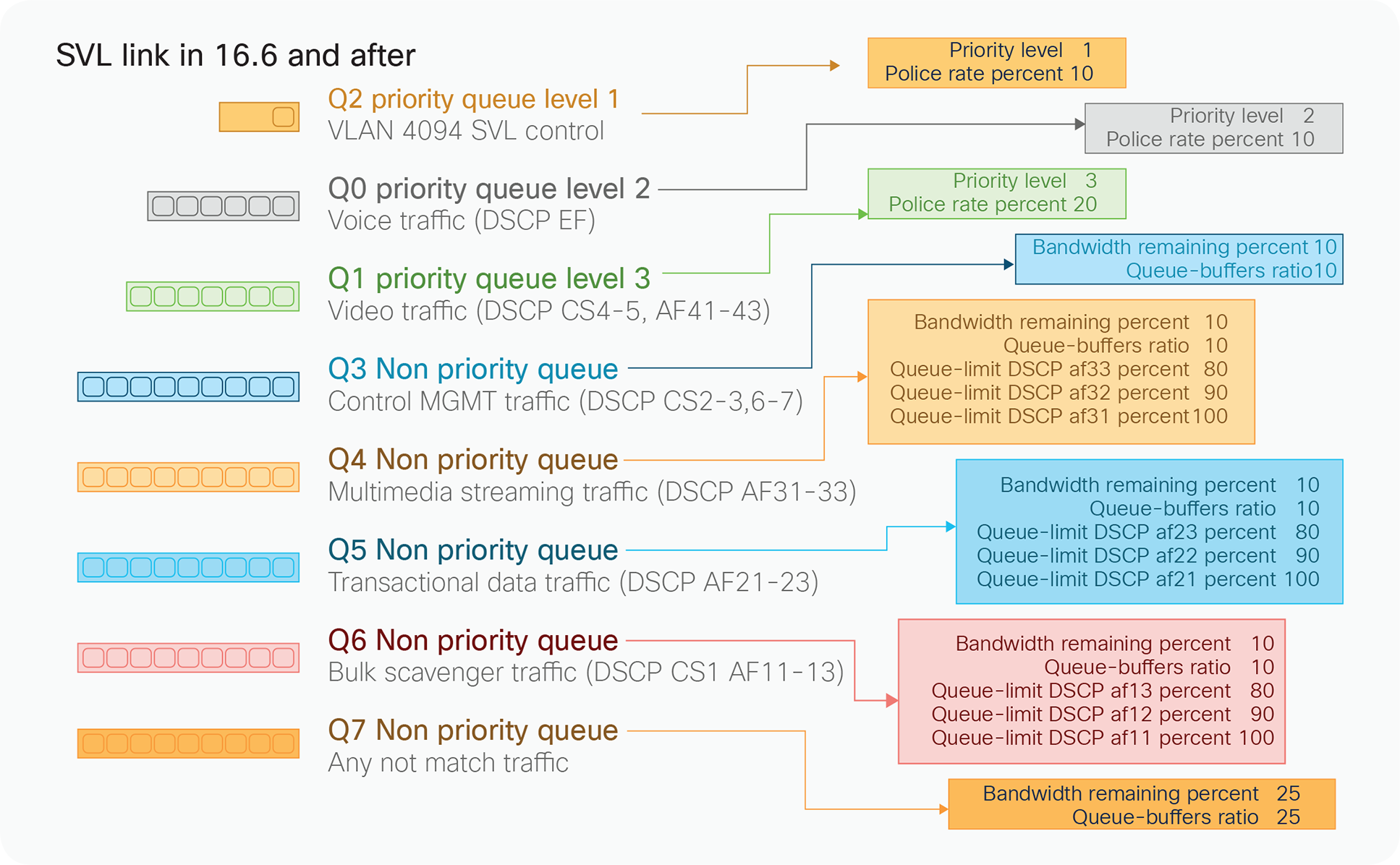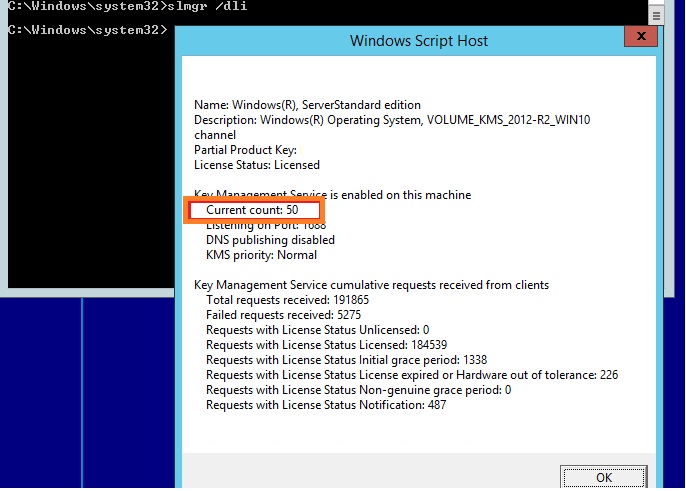


Massive hemorrhage accounts for 30-56% of prehospital posttraumatic deaths in people, with coagulopathic hemorrhage remaining one of the major causes of preventable deaths within the first 24 hours posttrauma.

Antifibrinolytics may also play a role when hyperfibrinolysis is present. Viscoelastic tests (thromboelastography and rotational thromboelastometry) are currently being investigated as a more predictive modality for identifying and guiding therapy for ATC.ĭamage control resuscitation and hemostatic resuscitation are gaining favor as the optimal resuscitative strategies for hemorrhagic shock and ATC. Traditional coagulation assays (activated partial thromboplastin times and prothrombin times) along with platelet count and fibrinogen concentrations have been used more commonly. Excessive activation of the thrombin-thrombomodulin activated Protein C pathway, catecholamine-induced endothelial damage as well as disseminated intravascular coagulation (DIC) with a fibrinolytic phenotype are all hypotheses that have been proposed in attempts to explain the functional mechanism of ATC.Īn accurate and reliable test remains to be validated for ATC. Although different functional mechanisms have been proposed for causing ATC, it is universally thought to be a manifestation of severe tissue injury, shock-induced hypoperfusion, systemic inflammation, and endothelial damage. Phenotypically, ATC manifests as a state of systemic hypocoagulability and hyperfibrinolysis. Acute traumatic coagulopathy is an endogenous hypocoagulable condition that has been observed during the immediate (< 1 hour) posttraumatic period. Posttraumatic hemorrhage is responsible for one of the leading causes of preventable human deaths worldwide. To review the current literature in reference to the pathophysiology and diagnostic modalities available for acute traumatic coagulopathy (ATC) in relationship to traumatic hemorrhagic shock.


 0 kommentar(er)
0 kommentar(er)
